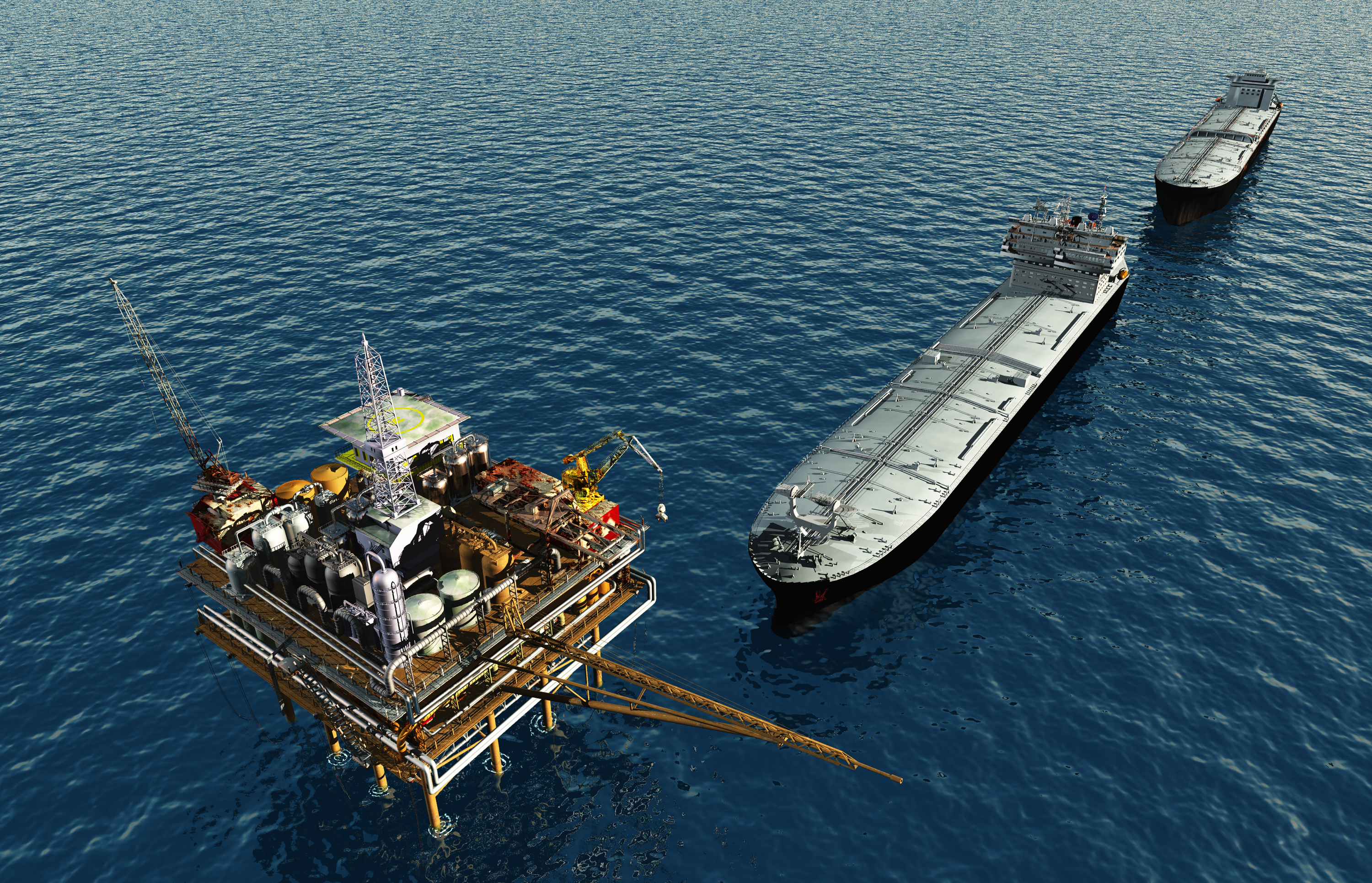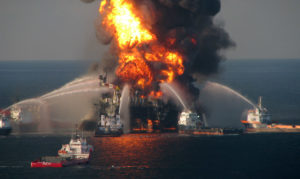
Interior Department proposes new regulations for exploratory drilling offshore Alaska.
The Arctic Ocean is one of Earth’s last pristine places, as well as one of the United States’ largest depositories of oil and gas. Given the harsh Arctic climate, it has proven very risky to drill those resources, as the world witnessed in the 2012 Kulluk disaster. Taking these challenges into consideration, the U.S. government proposed new regulatory requirements that would revise and add new requirements to regulations for exploratory drilling and related operations on the Outer Continental Shelf off Alaska.
The proposed rule, issued by the U.S. Department of the Interior, would require operators to disclose many of their activities. Operators would develop and submit a plan describing “how exploratory drilling operations will be designed, executed, and managed as an integrated endeavor from start to finish,” and how they “would apply their oversight and risk management protocols to both personnel and contractors to support safe and responsible exploratory drilling.”
Accurately forecasting the weather is crucial when drilling in rough climate conditions, as in the Arctic Ocean. For this reason, under the proposed rule, drillers would have to provide a detailed “description of their weather and ice forecasting capabilities for all phases of their exploration program and their alert procedures and thresholds for activating ice and weather management systems.”
One of the rule’s most important goals is to protect the delicate Arctic environment. The proposed rule would command operators to prevent any oil discharge into the ocean by capturing all petroleum-based mud and associated cuttings from drilling activities. Also, operators must have access to, and must promptly deploy, source control and containment equipment (e.g., a capping stack, cap and flow system, and containment dome) to control and stop possible oil spills. In the event an oil spill actually occurs, operators are required to coordinate with the federal government to quickly stop such a spill.
In addition, new regulations would require that operators have access to separate relief rigs near the drilling location, so “it could timely drill a relief well in the event of a loss of well control under the conditions expected at the site.” Nevertheless, drilling operators may seek approval for alternative compliance measures provided they demonstrate that such measures produce a level of safety and environmental protection equal to or higher than the relief rigs requirement.
Overall, the proposed rule would promote Arctic oil and gas exploration in a safe and environmentally responsible manner. As Secretary of the Interior Sally Jewell stated, the United States is very interested in orderly developing the Arctic’s oil and gas potential and, as a result, is “establishing high standards for the protection of this critical ecosystem, the surrounding communities, and the subsistence needs and cultural traditions of Alaska Natives.”
While drafting the proposed rule, the federal government took into account the views of the Arctic oil drilling industry and other stakeholders, such as Alaska natives and environmental organizations. Nevertheless, this did not prevent criticism from some of the regulated players, some of whom are particularly concerned about the relief rigs requirement.
According to the American Petroleum Institute’s Erik Milito, such a measure would be “unnecessarily burdensome,” especially considering that “[o]ther equipment and methods, such as a capping stack, can be used to achieve the same season relief with equal or higher levels of safety and environmental protection.”
The Department of the Interior, acting through the Bureau of Ocean Energy Management and the Bureau of Safety and Environmental Enforcement, issued the proposed regulation on February 20, 2015. The public may submit comments until April 27, 2015.

